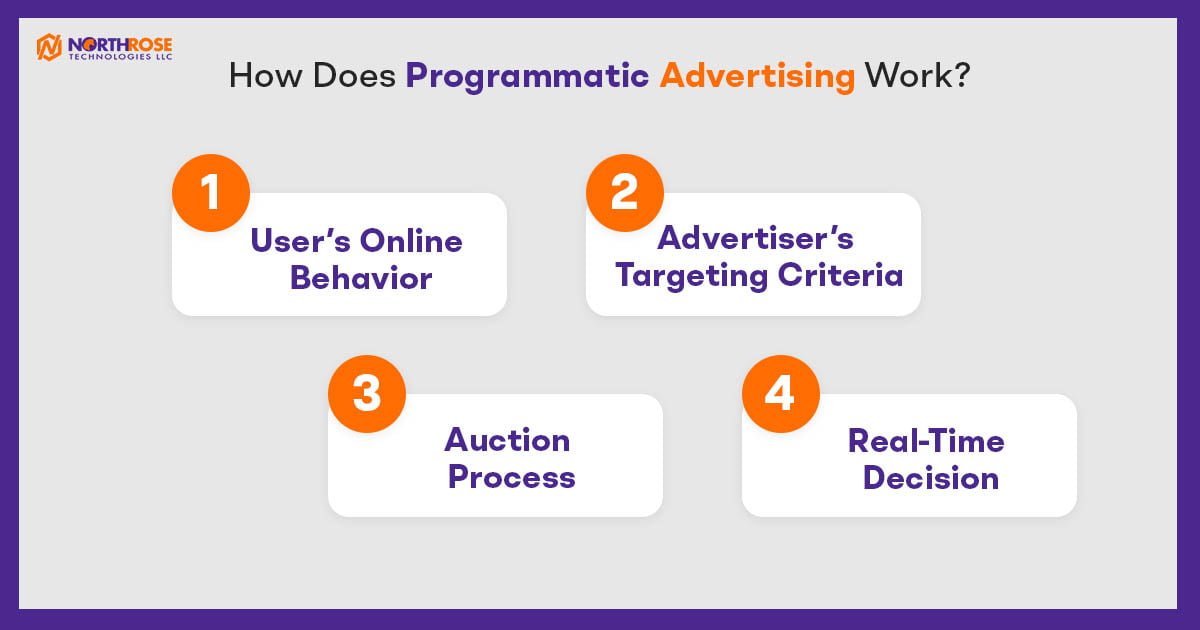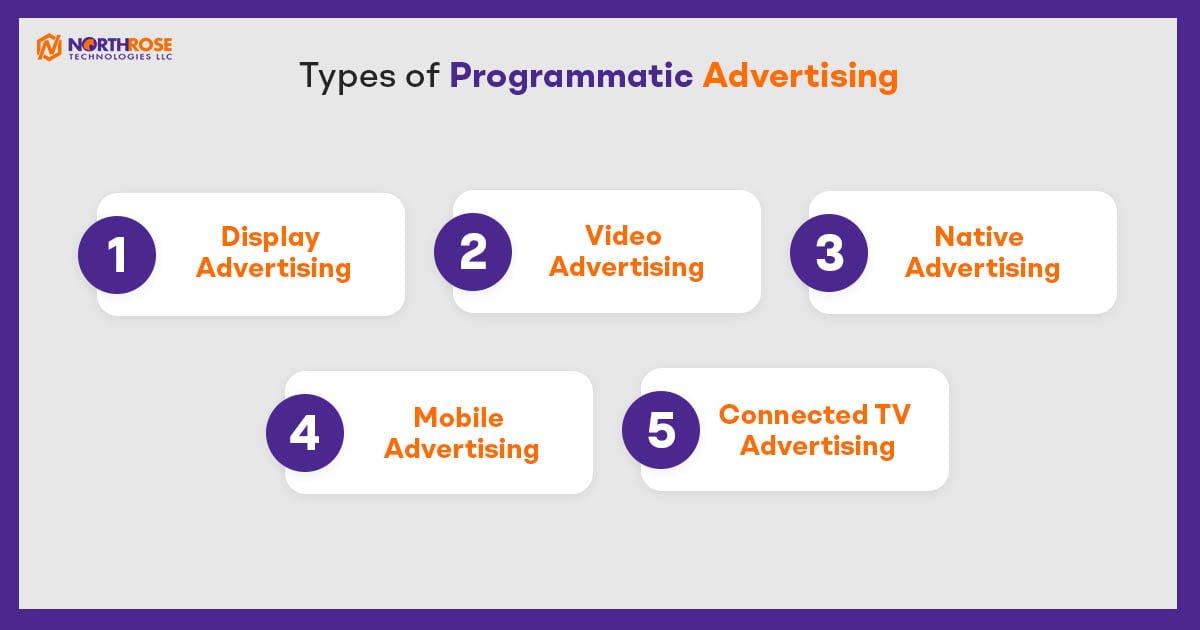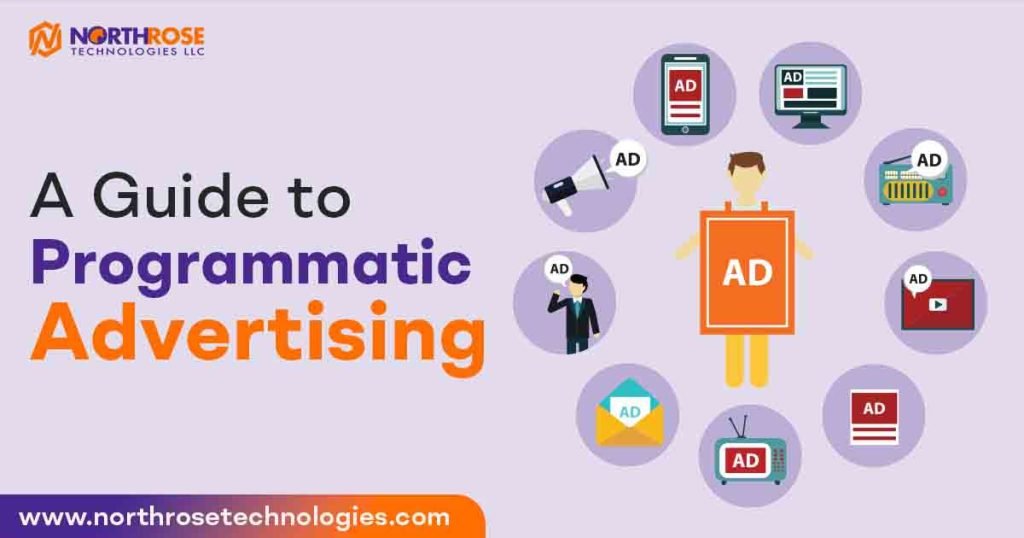For a while now, programmatic advertising has generated quite a bit of buzz in the field of marketing.
With advertisers constantly seeking innovative ways to reach their target audiences efficiently, programmatic advertising has emerged as a game-changer in the world of digital marketing by offering advertisers a sophisticated and automated approach to buying and optimizing ad placements.
What is Programmatic Advertising?
As ad tech evolves, the industry is moving towards a programmatic future that is faster, more efficient, and performance-driven.
The automated buying and selling of digital advertising space via software and algorithms is referred to as programmatic advertising.
Programmatic advertising, as opposed to traditional, manual ad-buying methods, depends solely on technology to make real-time decisions about where and when to display ads, targeting specific audiences with accuracy. This is the future of digital marketing.
Key Concepts of Programmatic Advertising
- Real-time Bidding (RTB): RTB, or real-time bidding, is at the heart of programmatic advertising. It allows advertisers to bid on ad inventory in real time. The user gets to see the ad of the highest bidder.
- Demand-Side Platform (DSP): Demand-Side Platform (DSP) is used by advertisers to manage and optimize their programmatic ad campaigns. These platforms offer specific targeting, bidding, and ad management options.
- Supply-Side Platform (SSP): Supply-Side Platforms (SSP) are used by publishers to manage their ad inventory and maximize revenue by making their inventory available for programmatic auctions.
How Does Programmatic Advertising Work?
The programmatic advertising ecosystem can be complex, but understanding its basic components is key.

- User’s Online Behavior:
When a person visits a website, information about their behavior, such as the pages they view, the content they interact with, and their demographics, is collected.
- Advertiser’s Targeting Criteria:
Advertisers provide specific guidelines for the audience they want to reach. Location, device, interests, and browsing history are examples of such criteria.
- Auction Process:
Ad impressions are put up for auction on ad exchanges. DSPs on behalf of advertisers bid on these impressions based on their targeting criteria.
- Real-Time Decision:
The ad exchange evaluates the bids and selects the winning ad, which is then displayed to the user.
Advantages of Programmatic Advertising
Programmatic advertising offers numerous benefits to advertisers, making it a preferred choice for digital marketing campaigns.
- Advertisers can easily reach highly targeted audiences by specifying their criteria. This ensures that ads are shown to the right people at the right time, leading to more conversions.
- The process of automation reduces manual tasks, saving time and resources in the ad-buying process. This makes it extremely cost and time-efficient.
- Marketing campaigns can be adjusted on the go based on performance data. This improves the ROI.
- Programmatic advertising allows advertisers to reach a vast audience across multiple channels and platforms simultaneously.
- Detailed reporting and analytics provide insights into ad performance, allowing advertisers to make realistic data-driven decisions.
Types of Programmatic Advertising

- Display Advertising
- Video Advertising
- Native Advertising
- Mobile Advertising
- Connected TV (CTV) Advertising
Targeting Strategies in Programmatic Advertising
- Behavioral Targeting is based on targeting users as per their online behavior and browsing history.
- Contextual Targeting involves placing ads on websites or generating website content that aligns with the ad’s theme or message.
- Demographic Targeting is targeting users based on age, gender, income, and other demographic factors.
- Geotargeting shows ads to users in specific geographic locations.
- Retargeting involves displaying ads to users who have previously interacted with a brand’s website or app.
Key Metrics and KPIs
Tracking several metrics and key performance indicators (KPIs) is required to assess the success of programmatic advertising campaigns.
- Click-Through Rate (CTR)
- Conversion Rate
- Cost Per Click (CPC)
- Cost Per Acquisition (CPA)
- Viewability
- Return on Investment (ROI)
Challenges and Concerns in Programmatic Advertising
While programmatic advertising offers significant advantages, it also comes with its fair share of challenges:
- Ad Fraud: Fraudsters can take advantage of programmatic advertisement’s automated nature, resulting in illegitimate visitors, bot traffic, and wasted ad spend.
- Privacy Regulations: Increasingly strict privacy regulations, such as GDPR and CCPA, impact how user data can be collected and used for targeting. This puts some restrictions on programmatic advertising.
- Brand Safety: Advertisers need to ensure that their ads do not appear alongside inappropriate or harmful content.
- Ad Blocking: The rise of ad blockers limits the reach of programmatic ads.
- Ad Viewability: Ensuring that ads are actually seen by users continues to remain a challenge.
Best Practices for Programmatic Campaigns
To run successful programmatic campaigns consider these best practices:
- Generate detailed audience segments and criteria to target specific user groups effectively.
- Continuously test different ad creatives, themes, and strategies to optimize the campaign performance.
- Choose platforms that offer transparency into ad placement and performance data. This is important for both the user and the advertiser.
- Ensure the data used for targeting is accurate and up to date.
- It’s important to stay updated with privacy regulations and ensure compliance in your campaigns.
Future of Programmatic Advertising
As technology continues to evolve, programmatic advertising is bound to see more advancements.
- AI and Machine Learning:
These technologies will become increasingly important in optimizing programmatic ad campaigns, enhancing targeting, and minimizing ad fraud.
- Connected TV (CTV) Growth:
As streaming services become more popular, the use of CTV programmatic advertising will continue to rise.
- Personalization:
As the importance and usefulness of personalization increases, advertisers will place a greater emphasis on delivering highly personalized adverts to users.
- Privacy-First Approach:
With stronger privacy restrictions coming into place, advertisers will need to prioritize privacy when collecting and using user data.
As the digital world evolves, programmatic advertising will remain an important method for effectively targeting target consumers. With North Rose Technologies you can harness the potential of programmatic advertising to generate effective campaigns and meet your marketing goals in this dynamic and competitive field.




